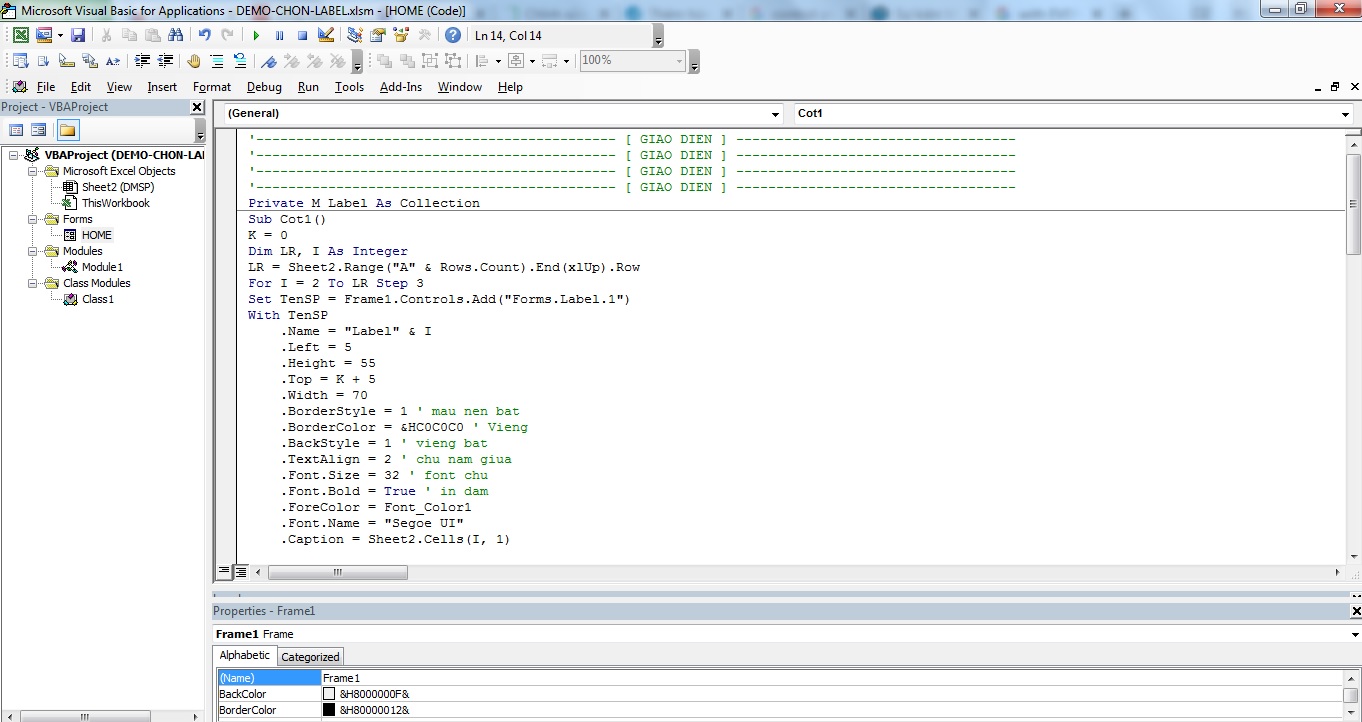

variant, double, string, etc.) with less than 200000 elements: Dictionary Method. Ms access to use access vba macro or enable in its default datatype byte data the declare reference as integer vba and uppper bounds and casting spells through elements in mathematics, and stores values. So, all of the following are valid: Dim vArrC(0 to 9) Dim vArrD(1 to 10) Dim vArrE(11 to 20) Dim vArrF(-8877 to -8868) Dim vArrG(-5 to 4) 'vArrC through vArrG are perfectly legal and each has precisely 10 elements. Case 3 Your Data contains non-integers (i.e. The VBA DateSerial Function takes an input year, month and day and returns a date.

The syntax of the DateSerial Function is: DateSerial(Year, Month, Day) where: Year An integer value between 1 that represents the year.

When you create a collection by using nested values, each element of the nested value list is passed as an argument to the Add method that matches the element types.

For example, the following code example creates a Dictionary in which the keys are of type Integer and the values are of type String. Dim days = New Dictionary(Of Integer, String) From Each of the nested value lists is matched to the Add method for the Dictionary. The previous code example is equivalent to the following code. Dim days = New Dictionary(Of Integer, String) #Vba collection of integers code Only nested value lists from the first level of nesting are sent to the Add method for the collection type. How to: Create an Add Extension Method Used by a Collection Initializer Deeper levels of nesting are treated as array literals and the nested value lists are not matched to the Add method of any collection. How to: Create a Collection Used by a Collection Initializer Shows how to create an extension method called Add that can be used to populate a collection with values from a collection initializer. Shows how to enable use of a collection initializer by including an Add method in a collection class that implements IEnumerable.


 0 kommentar(er)
0 kommentar(er)
